Blum Question: Token Burning: How & Why?
In the dynamic world of cryptocurrencies, understanding key concepts like token burning is essential for anyone looking to navigate the market effectively. This practice has emerged as a vital strategy for various blockchain projects to manage token supply, enhance value, and strengthen their ecosystems. Ready to learn about it? Let’s explore what token burning is, how it works, and why it’s important for the crypto economy.
Question & Answer Table
| Question | Answer |
|---|---|
| Token Burning: How & Why? | ONFIRE |
What is Token Burning?
Token burning refers to the permanent removal of cryptocurrency tokens from circulation. This is usually done by sending tokens to a special wallet address known as a “burn address,” which has no private key, making it impossible for anyone to access or use the tokens again.
Projects like ONFIRE utilize token burning to create a deflationary effect. By reducing the total supply of tokens, the remaining tokens can potentially become more valuable, benefiting long-term holders and enhancing the overall project ecosystem.
How Does Token Burning Work?
The mechanics behind token burning are straightforward:
- Sending Tokens to a Burn Address: Tokens are transferred to a designated burn address where they are effectively locked away permanently.
- Verifiable on Blockchain: The transaction is recorded on the blockchain, allowing anyone to verify that the tokens have been sent to the burn address. This transparency builds trust within the community.
- Automation: Some projects automate the burning process through smart contracts, which can trigger burns based on specific conditions, such as transaction volumes or milestones.
Why Do Projects Burn Tokens?
Projects have several motivations for burning tokens, including:
- Increasing Scarcity: Reducing the total supply can boost scarcity, leading to higher demand and potentially increasing the token’s price.
- Price Stability: Managing supply through token burning can help stabilize prices, preventing dilution.
- Community Trust: Regular burns demonstrate a project’s commitment to its long-term goals, signaling to investors that they are taking steps to enhance value.
- Rewarding Holders: As supply decreases, the relative value of holdings for long-term investors can increase, benefiting them directly.
At ONFIRE, token burning is integrated into the long-term strategy to maximize value for token holders.
Examples of Token Burning in Action
Token burning has been effectively employed by several prominent cryptocurrency projects:
- Binance (BNB): Binance conducts regular burns of its BNB tokens based on trading volumes, contributing to price growth over time.
- Ethereum (ETH): With the implementation of EIP-1559, a portion of transaction fees in Ethereum are burned, reducing overall supply and supporting ETH’s deflationary model.
These projects have successfully integrated token burning into their protocols, enhancing token stability and value for their ecosystems.
The Long-Term Impact of Token Burning
The effects of token burning can vary based on market conditions and specific project dynamics. While it can enhance scarcity, it doesn’t guarantee price increases; market demand, utility, and project success are also significant factors.
Token burning is most effective when paired with a solid business model. For ONFIRE, it acts as a mechanism to control inflation, reward supporters, and maintain a balanced token economy that benefits the entire community.
Conclusion: Is Token Burning Good for Crypto?
Token burning offers numerous benefits, from increasing scarcity to stabilizing prices and fostering community trust. However, it’s important to recognize that while token burns can aid in price growth, they are not a panacea. Successful projects combine token burning with strong fundamentals and market strategies.
For initiatives like ONFIRE, token burning is a crucial part of their long-term vision, ensuring that the ecosystem remains balanced and rewarding for all participants.

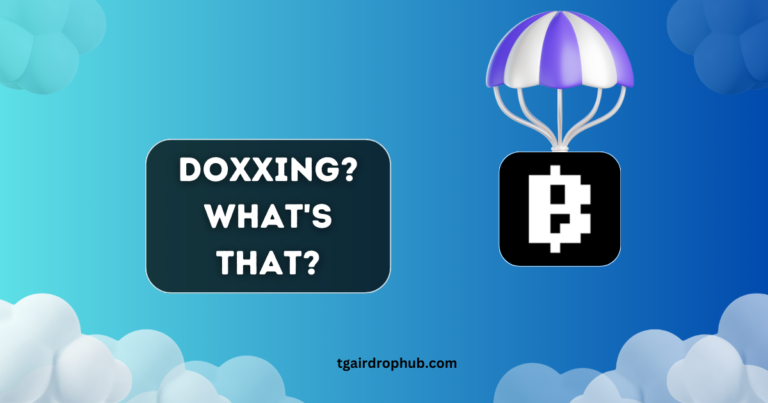
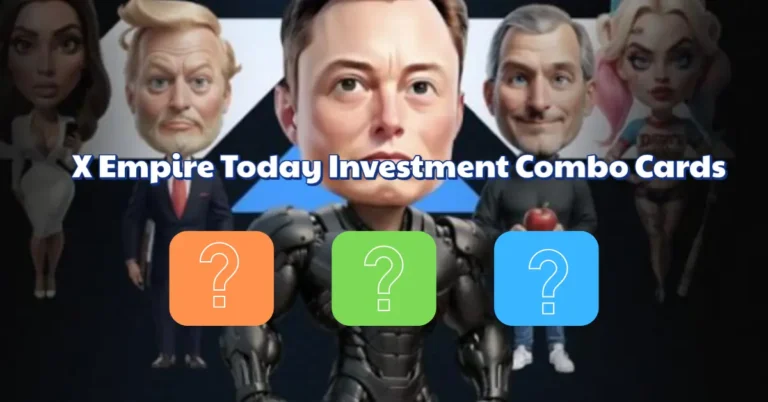
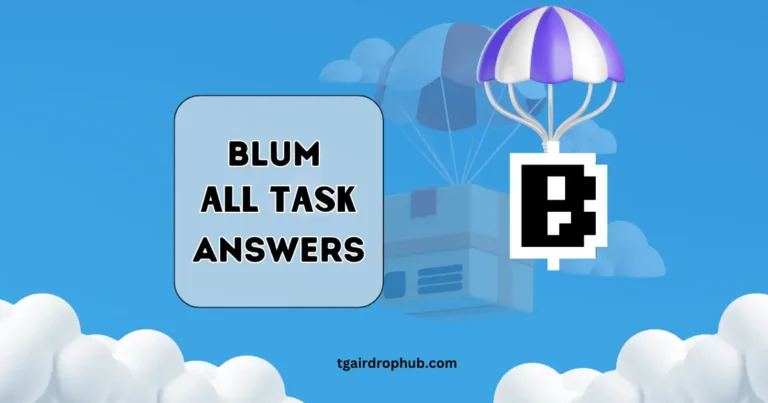

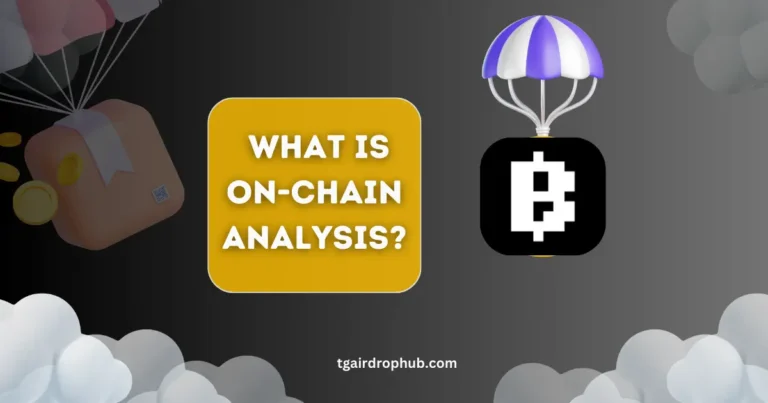
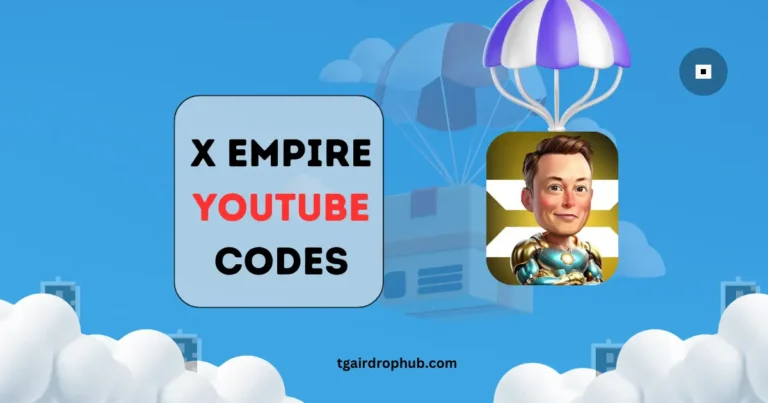
One Comment